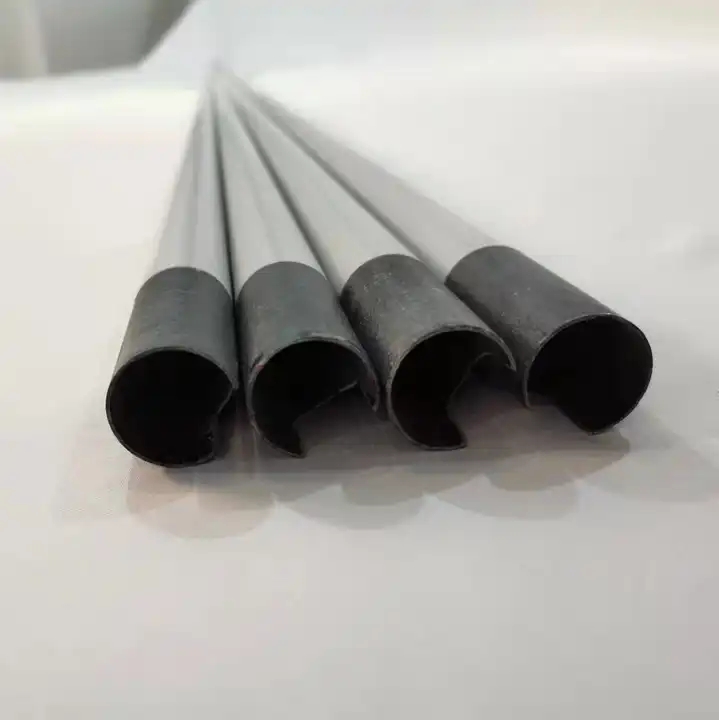The fiberglass pipe winding technology we invented can be successfully applied to the manufacture of various products, such as fiberglass pipes, storage tanks, gas cylinders, fan blades, support poles, telephone poles, badminton rackets, etc.

The winding molding (FW) process, to put it simply, is a manufacturing method that allows the mold to rotate so that the attachments are evenly covered on the mold along a preset path. It is commonly known as the fiberglass pipe winding technology. The characteristic of this method is that the fiber winding law can be designed according to the stress conditions of the product. The cross angle of the glass fiber happens to be the key factor in the strength of the FRP. Therefore, by adjusting the cross angle of the glass fiber, the mechanical strength of the product can be controlled in the manufacturing stage. Compared with the traditional fiberglass manufacturing process, the winding process can achieve semi-mechanized production, and the product quality is relatively stable. If it is combined with different resin matrices and fibers, the technical and economic effects are particularly prominent.
The winding process has been developed to a relatively complete level. According to the different attachments, it can be divided into the following three types:
(1) Dry winding: winding with prepreg, that is, the fiber impregnated with resin is evenly wound onto the mold through machine programming. This prepreg is made according to the characteristics of the winding machine and the characteristics of the prepreg. The fiber content of this material can be accurately controlled to ±2%. This realizes the precise control of product quality by the dry winding process. The winding machine produced by this process is clean, the working environment is hygienic, and the product quality is excellent.
The disadvantage is that the winding equipment is expensive and the prepreg production equipment needs to be increased, so the investment is huge; the products manufactured by dry winding have the lowest shear strength among FRP pipe winding products.
(2) Wet winding: This winding method has a high popularity rate. It is a process in which glass fiber yarn passes through a tank filled with resin before winding, so that the fiber yarn sticks the resin to the mold and forms together. The advantages of wet winding are: ① The cost is 40% lower than method (1); ② The product has good air tightness, because the tension of wet winding is too large, the resin glue will squeeze out the foam and fill the gap; ③ The fibers are arranged in parallel; ④ The resin surrounds the fibers, increasing the wear resistance coefficient; ⑤ The efficiency of the three types of FRP pipe winding production is higher.
Its disadvantages are: ① The resin is easy to splash and the operating environment is poor; ② Compared with method (1), its fiber content and finished product quality are not easy to control; ③ There are few types of resins available for wet winding.
(3) Semi-dry winding: After the fiber is impregnated with resin, a device similar to an oven is added during the process of winding it to the core mold to accelerate the curing of the resin; compared with wet winding, it can reduce the bubble content in the product.
The most common method is wet winding, and dry winding is only suitable for fiberglass pipe winding in the field of high-performance, high-precision cutting-edge technology.




